Category: entertainment – Page 108
Online game challenges players to design on/off switch for CRISPR
A Stanford team has launched a new challenge on the Eterna computer game. Players will design a CRISPR-controlling molecule, and with it open the possibility of new research and therapies.
A team of researchers at the Stanford University School of Medicine has launched a new challenge for the online computer game Eterna in which players are being asked to design an RNA molecule capable of acting as an on/off switch for the gene-editing tool CRISPR/Cas9.
Molecular biologists will then build and test the actual molecules, based on the most promising designs provided by the players.
Watch a ‘Blade Runner 2049’ Prequel Short Film Starring Jared Leto
As we approach the release of the highly anticipated sequel Blade Runner 2049, Warner Bros. is offering fans a tantalizing tease for the movie that’s sure to entice even greater interest. We at Collider are happy to exclusively premiere an “in-world” piece that explains what happened in the world of Blade Runner between the first movie, set in 2019, and this sequel, set in 2049.
We have your exclusive look at the Blade Runner 2049 short film “2036: Nexus Dawn” which reveals what happened in 2036 relating to Jared Leto’s character.
Crowdsourced Solar Eclipse Films
One would have to have been literally living under a rock to miss the recent solar eclipse, but for those who either didn’t have a great view or were far outside the path of totality, Google’s ‘Eclipse Megamovie 2017’ is a solid alternative. The video, available on YouTube, sources images of the eclipse shot by volunteers to create a timelapse of the total eclipse as it passed across the continental United States.
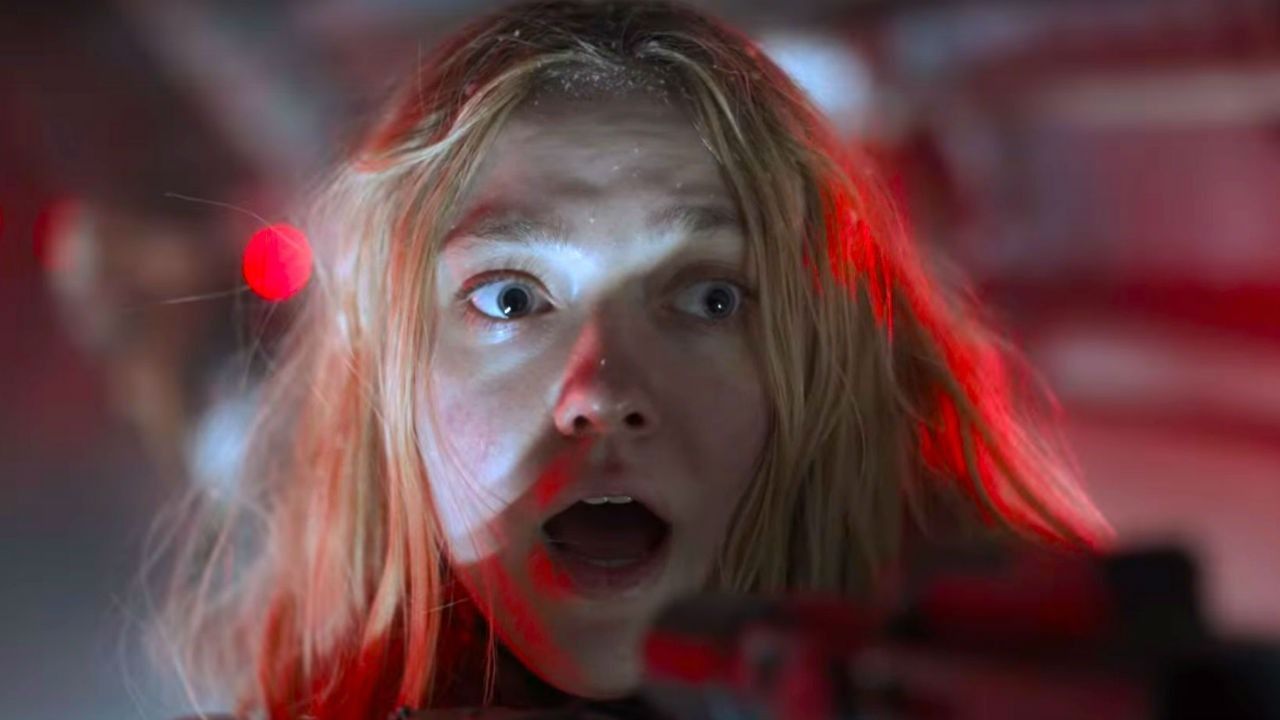

The Game is Never Over
Folks, if you are in the NYC area we are at the Long Island Retro Gaming EXPO 2017 this weekend. We believe that reaching out to other technology progressive communities like gamers, etc. is important which is why we will be there this weekend. We talked about this at the DNA conference in Holland last year in the video here:
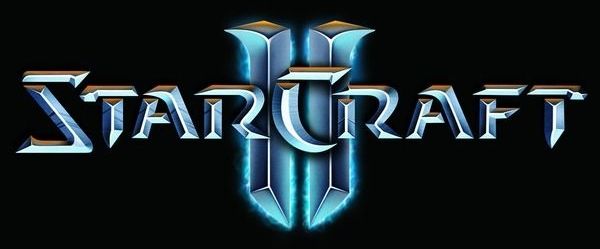
DeepMind and Blizzard open StarCraft II as an AI research environment
DeepMind’s scientific mission is to push the boundaries of AI by developing systems that can learn to solve complex problems. To do this, we design agents and test their ability in a wide range of environments from the purpose-built DeepMind Lab to established games, such as Atari and Go.
Testing our agents in games that are not specifically designed for AI research, and where humans play well, is crucial to benchmark agent performance. That is why we, along with our partner Blizzard Entertainment, are excited to announce the release of SC2LE, a set of tools that we hope will accelerate AI research in the real-time strategy game StarCraft II. The SC2LE release includes:
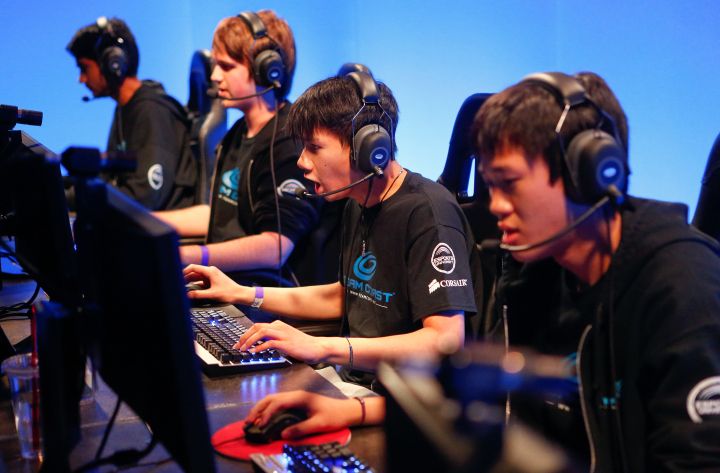
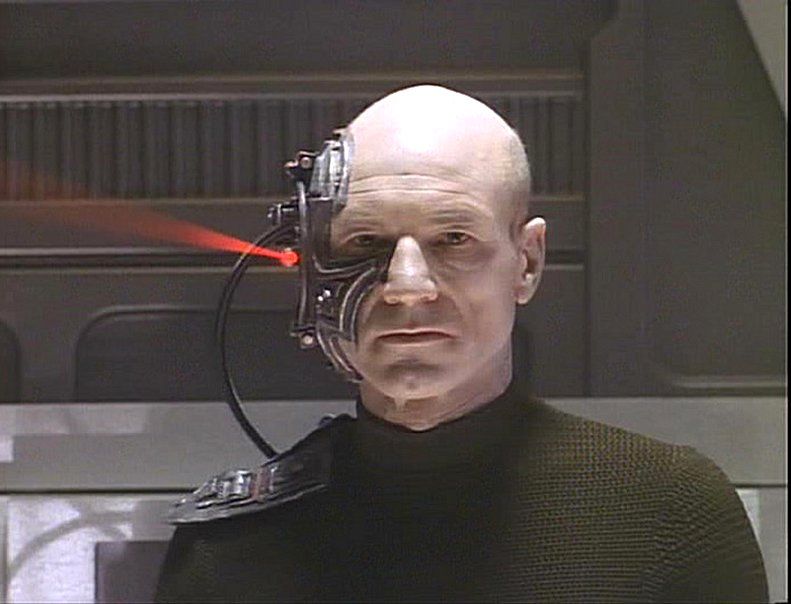
4 Ways Tech Is Going To Improve And Enhance Humans
Human beings have always wanted to improve themselves, it’s an intrinsic human drive. We’ve come to a point in time where technology allows us to do just that and in the very near future we’re going to see dramatic changes in what it means to be a human being. So, let’s take a look at the likely advancements we all soon maybe upgrading to.
Exo-skeletons:
1984 was the year that introduced The Terminator to the world as a cold, ruthless killing machine, but only part-machine. The cybernetic organism was described in the movie as “living tissue over a metal endoskeleton.” It was a fictional concept back then, but in the 2020’s, it might not be fiction, but reality.
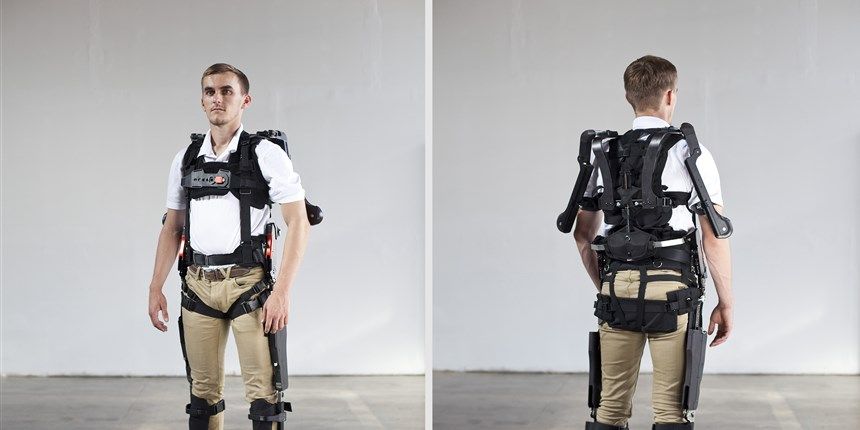
This piece of tape can store 80,000 movies
This piece of tape can store 80.000 movies.